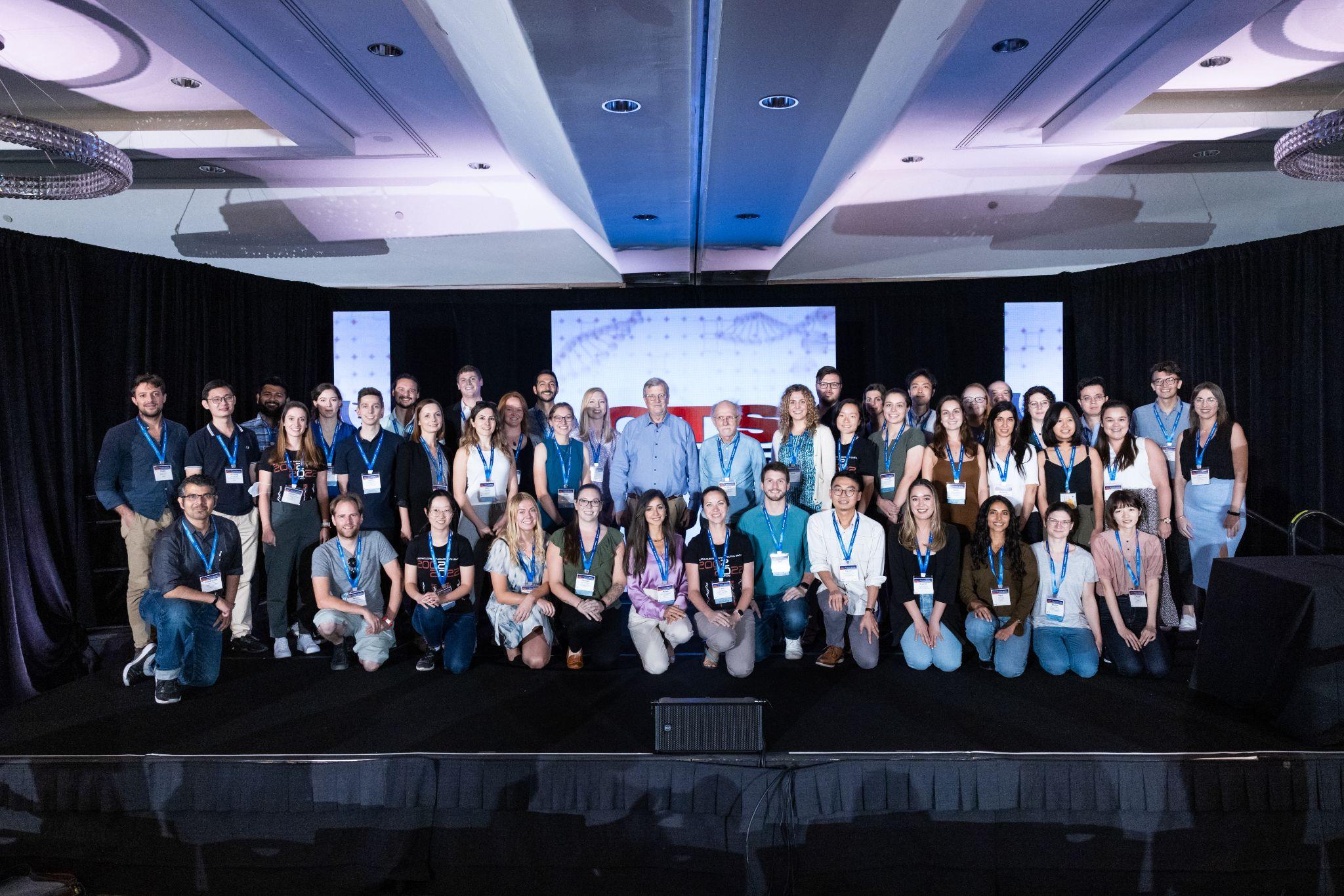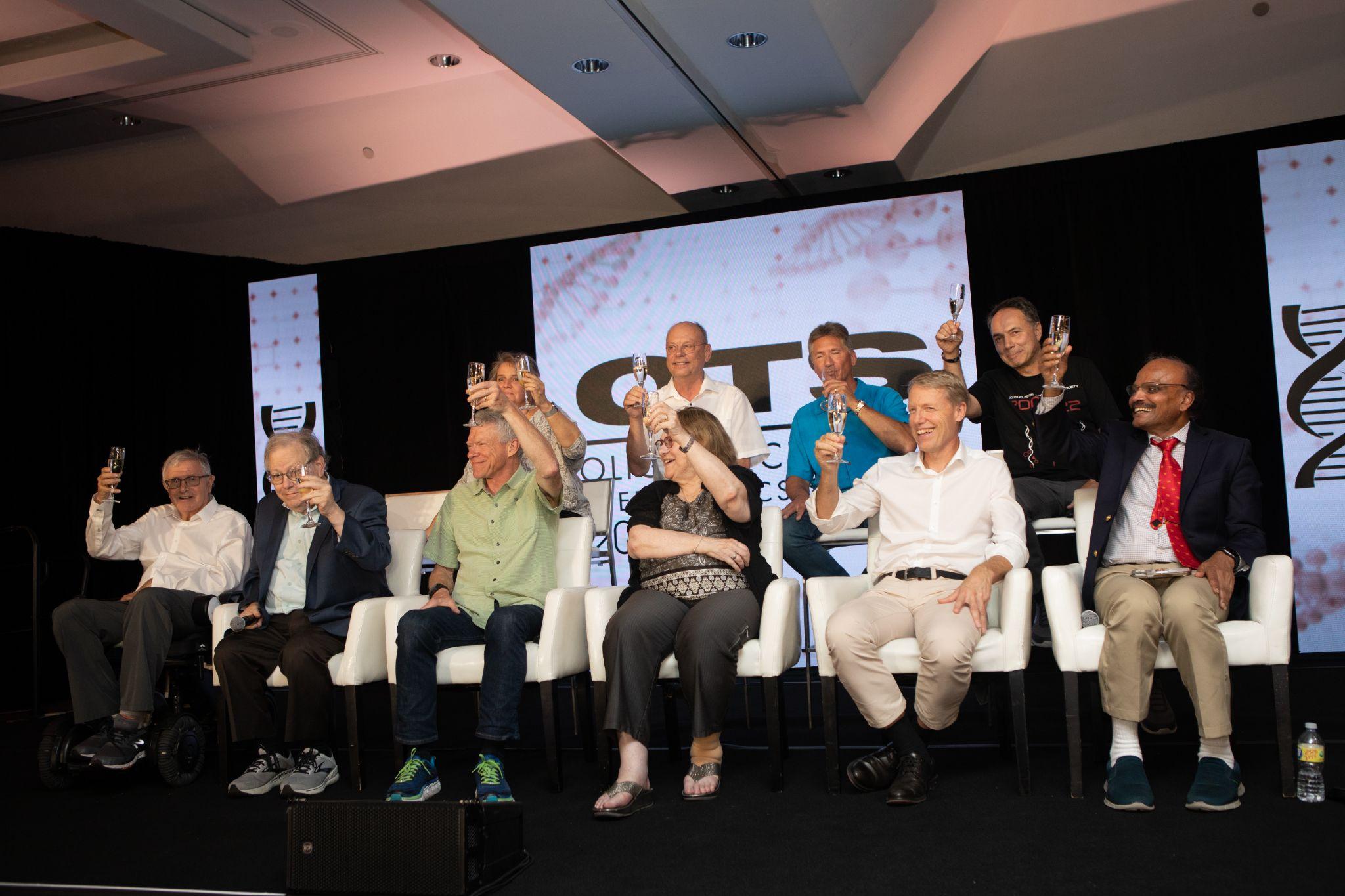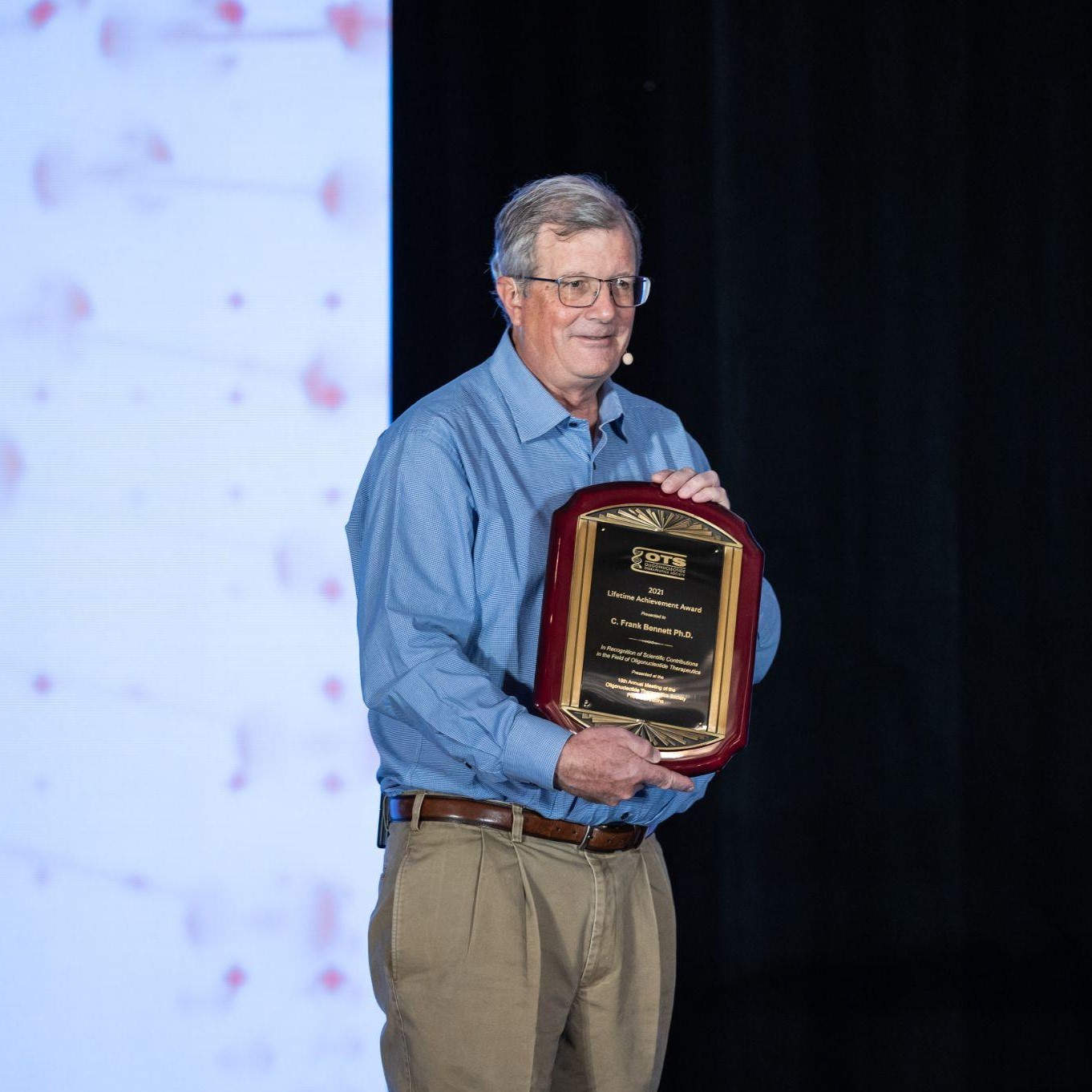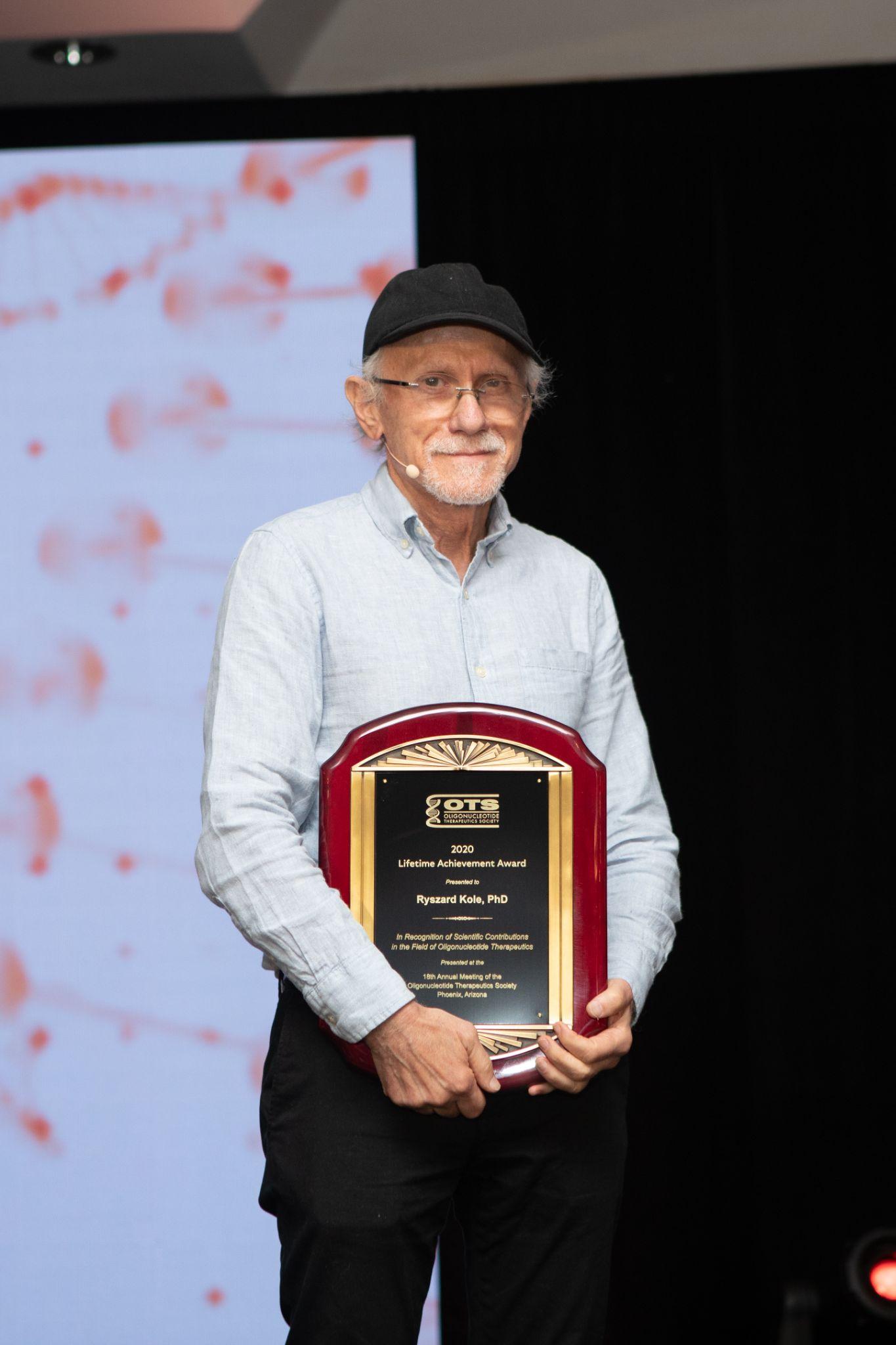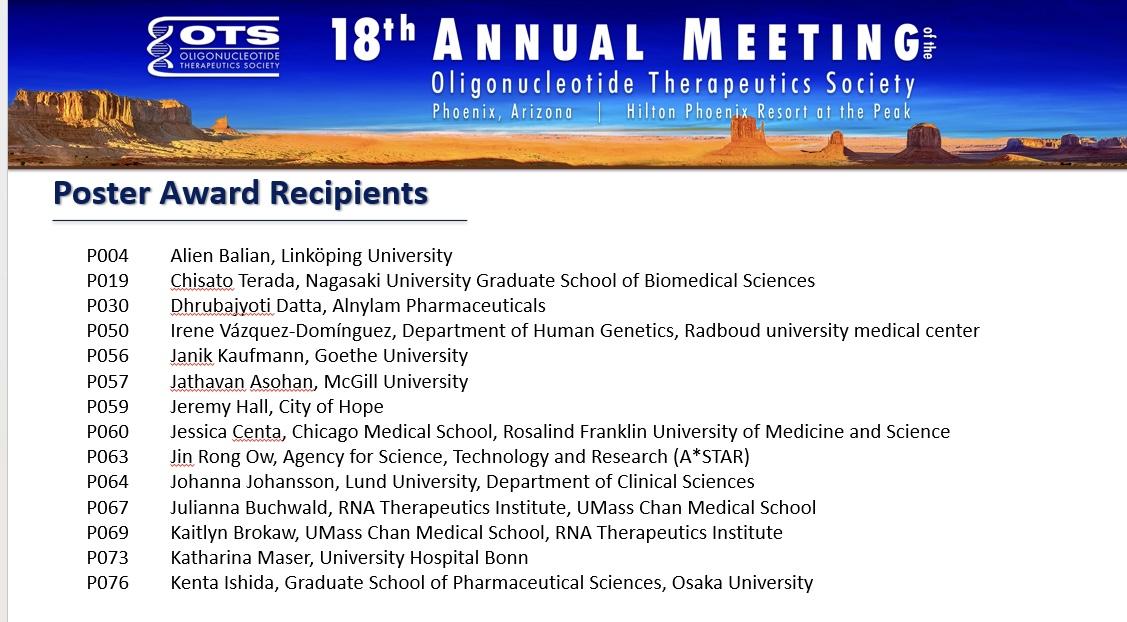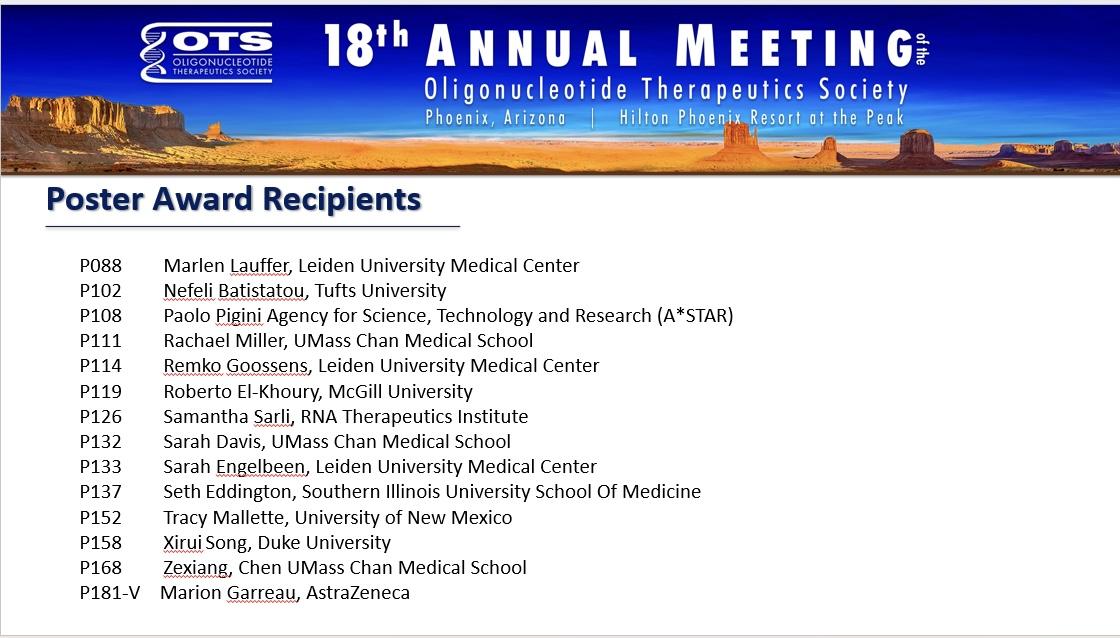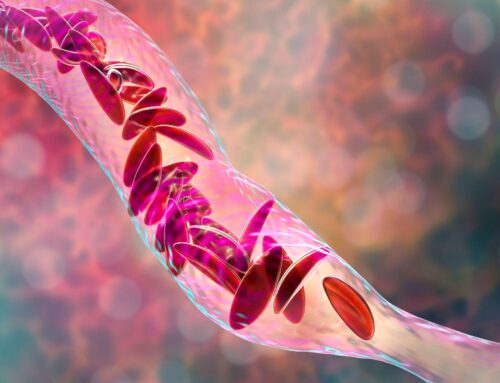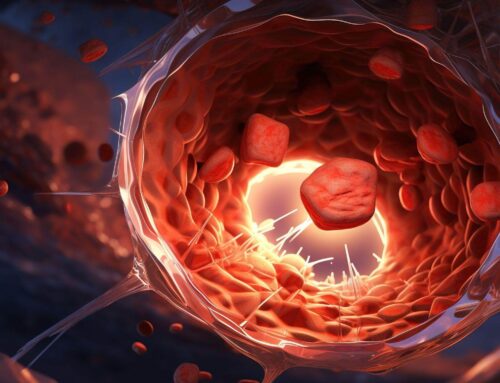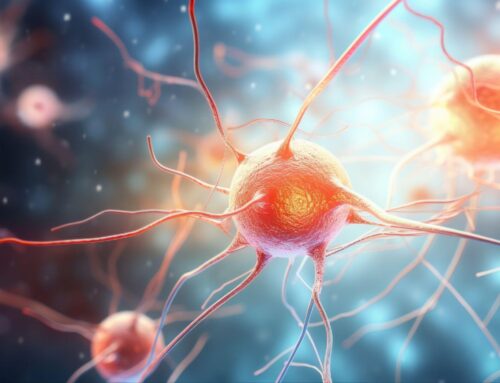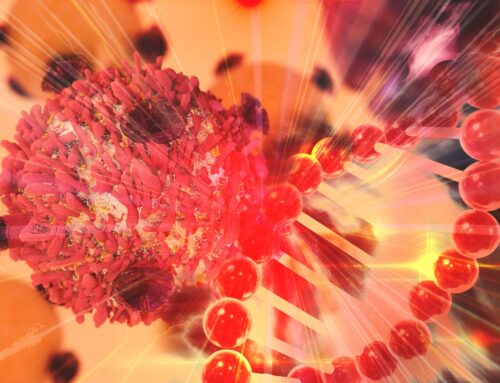Looking for something?
2022 Annual Meeting Highlights
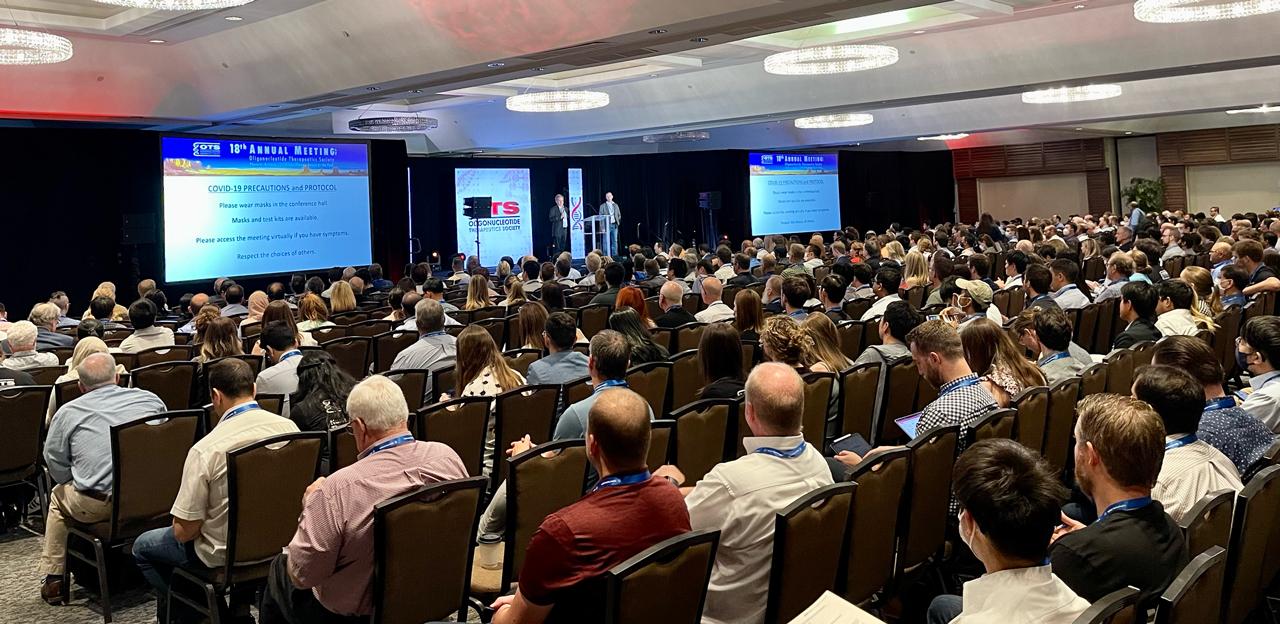
We truly enjoyed meeting in person again this year and hope those of you who were able to attend enjoyed it as well. We want to share interesting highlights from a few of the sessions. If you missed a talk or want to go back and review any of the speakers, sessions, or posters, they all will remain online through the end of the year, and anyone who attended online or in person can access them through the Virtual Meeting Portal.
Celebrating the 20th Anniversary of the Oligonucleotide Therapeutics Society
While this was the 18th annual meeting, this year marks the 20th anniversary of OTS, a perfect time to celebrate meeting in person again.
It was a rare treat to observe the panel discussion in which founders and early members of OTS shared memories of the early days and answered questions.
Masad J. Damha, PhD, Gunther Hartmann, MD, PhD, Anastasia Khvorova, PhD, Art Krieg, MD, Mano Manoharan, PhD, Brett Monia, PhD, John Rossi, PhD, Georg Sczakiel, PhD, Hermona Soreq, PhD, and Cy Stein, MD, PhD, participated, and we heard many interesting, hilarious, and heart-warming reminiscences as they spoke. A common thread showed how unique our community is in providing opportunities for collaboration and a welcoming community in which all are encouraged to participate.
Early Career Scientist Session
We would highly recommend that those beginning their career attend the Sunday preconference sessions. Even if you were unable to attend this year, it is definitely worth watching the sessions online.
Annemieke Aartsma-Rus, PhD, OTS’ Immediate Past President, provided an excellent overview of what is required to turn oligonucleotides into drugs, delivery considerations, and different therapeutic modalities.
Ramsey Majzoub, PhD, of Intellia Therapeutics, gave a high-level overview of mRNA as a modality, explaining considerations in mRNA design and manufacturing. He also provided interesting information on both self-amplifying mRNA that will self-replicate in the cell, and circular RNA, in which the 5’ and 3’ ends are ligated, extending the lifetime of the mRNA, and allowing more protein to be produced.
The afternoon session included two excellent talks on the different routes a career scientist can take. Ken Yamada, PhD, of UMass Chan Medical School, gave a great, personable talk about his path as a career scientist. He explained that each person has their own background and own path, but meetings with key scientists and learning from mentors can have a great impact on the direction your path takes. Anna Perdrix Rosell, PhD, co-founder of Sixfold Biosciences, discussed her path to creating a start-up from scratch, some key challenges, and the importance of utilizing effective multidisciplinarity. Both talks provided an excellent perspective and some key insights that will be useful for those beginning or considering a career in our field.
Awards Session
We had the honor of presenting two Lifetime Achievement Awards this year: the 2021 Lifetime Achievement Award to C. Frank Bennett, PhD and the 2020 Lifetime Achievement Award to Ryszard Kole, PhD for their outstanding contributions to the field.
Dr. Frank Bennett is the Executive Vice President and Chief Scientific Officer at Ionis Pharmaceuticals and one of the founding members of the company. He is responsible for continuing to advance antisense technology and expanding Ionis’ drug discovery platform.
Dr. Bennett has published more than 230 papers in the field of antisense research and development, is an inventor on more than 175 issued patents, and is a co-recipient of the 2019 Breakthrough Prize in Life Sciences for his contributions to the discovery and development of SPINRAZA® (nusinersen) and the 2018 Hereditary Disease Foundation’s (HDF) Leslie Gehry Brenner Prize for Innovation in Science for his leadership and continued commitment to developing antisense therapies for Huntington’s disease (HD).
He was described by Brett Monia, the CEO of Ionis, as a great teacher and mentor for many scientists who has displayed over 33 years of perseverance and dedication.
Dr. Bennett’s excellent speech outlined his journey, key strategic decisions that were made at the founding of Ionis (Isis), big questions that needed to be answered, important discoveries and experiences along the way, and his view of the future of nucleic acid-based therapies. Advantages and challenges in using antisense therapies for ultra-rare genetic diseases were outlined, and Dr. Bennet pointed out that there is not a good mechanism for providing therapies for diseases with 30 to 500 patients. The technology to benefit these patients exists, but there is no way of delivering it to them. He stated that this is a challenge for the industry as a whole that needs a solution.
He also reviewed a top 10 list he had created 17 years ago for the 1995 OTS meeting, titled “What We Do Not Know About Antisense Technology.” It included items such as: “What are the factors that contribute to good and bad antisense oligonucleotides?” “What are the rate limiting steps for antisense oligonucleotides?” “What are the oligonucleotide sinks?” and “What are long-term toxicology issues for oligonucleotide drugs?” Not only did he review the questions on the list, but also what we’ve learned since then and where more work needs to be done. Finally, he wrapped it all up with a “Top 10 Wish List for the 2042 OTS Meeting.” His thank you showed his true heart and the driving force behind his dedication, as he thanked the patients and their families who are the source of his inspiration, declaring that he comes to work every day to help patients.
Ryszard Kole, PhD is a Professor Emeritus at the University of North Carolina, Chapel Hill, where he has been a Professor of Pharmacology since 1983. He published over a hundred scientific publications, and his primary discovery was that pre-mRNA splicing provided a novel target for sequence specific therapies of severe disorders such as thalassemia, cystic fibrosis, and Duchenne Muscular Dystrophy (DMD), as well as cancer and inflammatory and metabolic disorders. Dr. Kole’s discoveries represented a novel technology of oligonucleotide induced modulation of pre-mRNA splicing and exon skipping.
To commercially develop this fertile field, Dr. Kole founded Ercole Biotech, a company that, together with his group at UNC, provided a proof of concept in models of several rare diseases. In 2008, Ercole merged with AVI Biopharma and subsequently with Sarepta Therapeutics. Sarepta’s breakthrough drugs for DMD, EXONDYS 51 (eteplirsen), approved by FDA on 9/1/2016, followed by VYONDYS 53 (golodirsen) and AMONDYS 45 (casimersen), are the direct results of Dr. Kole’s pioneering discoveries in oligonucleotide-induced modulation of pre-mRNA splicing.
His speech contained a review of his discoveries in splice mutations, some funny anecdotes of his mishaps early on and designing and producing compounds from potatoes, and a review of his professional journey. He made a special point of noting the importance of the support and influence of key scientists, including his boss when hired at UNC-Chapel Hill, Dr. Juliano, and how grateful he is.
He explained that in trying to discover a treatment for Beta thalassemia splice site mutations, they had an idea that if you could find an oligo that would bind to it and hybridize and prevent cutting off the RNA in the middle, then maybe you can restore correct splicing. It turns out that you could, and he published a paper with Zbigniew Dominski in 1993 that essentially stated if we can have an oligo that blocks the splice site then, essentially, that’s a treatment. Reviewers did not believe it could work, it would be far too expensive, and too few people are affected, but they did not give up. Dr. Kole founded Ercole to develop the idea. After many years, splice switching oligos were eventually used to treat muscular dystrophy. In fact, the first splice switching therapeutic to be approved by the FDA, EXONYDYS 51, works by skipping exon 51 of the dystrophin gene, restoring the open reading frame, and leading to the translation of a more functional dystrophin protein.
Splice switching technology is currently being investigated for wide-ranging applications, including reducing inflammation in hepatitis and arthritis and treating prostate and breast cancer. Dr. Kole is a true example of the results that can be achieved if you persist over decades, even when few believe in your idea.
Ronald Buijsen, PhD of Leiden University Medical Center, was awarded the Dr. Alan M. Gewirtz Memorial Scholarship – Postdoctoral Fellows and Junior Industrial Professionals. Dr. Buijsen has contributed to the field and to OTS as a Junior Board Member and endeavors to optimize ASO delivery. He used 2D iPSC-derived neuronal cultures and 3D iPSC-derived brain organoids to model neurodegenerative diseases, to study pathological disease mechanisms, and to screen potential new RNA targeting therapeutics. He found that CEM results in high transfection efficiency and low toxicity in 2D neuronal cultures, and ASO uptake in neurons is more efficient using CEM compared to astrocytes. Further, in 2 and 8 week-old 3D brain organoids, a treatment effect using CEM can be found, and the main advantage of using this method is a higher efficiency after treatment, with a prolonged RNA modification effect up to 4 weeks after administration of the ASO. CEM was determined to be a potent and non-toxic ASO delivery method in iPSC-derived neuronal 2D and 3D cultures.
Lucy F. Yang, PhD from the University of Washington, was awarded the Dr. Alan M. Gewirtz Memorial Scholarship – Graduate Students for her work improving rapid tests to identify SARS-CoV-2 infection status. These rapid tests replace antibodies with an aptamer that binds wild-type spike protein at the NTD, named SARS-CoV-2 spike protein NTD-binding DNA aptamer 4 (SNAP4), which binds with high affinity for SARS-CoV-2 spike protein. An additional aptamer, SARS-CoV-2 Omicron RBD-binding aptamer (SCORe), binds Omicron BA.1 and BA.2 RBD. They employed aptamers SCORe.50 and SNAP4.74 in a multiplexed lateral flow assay (LFA) to distinguish between Omicron and wild-type spike protein at concentrations as low as 100 pM. Taken together, SNAP4 and SCORe demonstrate great potential in low-cost, convenient, shelf-stable, and rapid COVID-19 diagnostics.
Guizhi (Julian) Zhu, PhD, an Assistant Professor of the Department of Pharmaceutics and Center for Pharmaceutical Engineering and Sciences at Virginia Commonwealth University (VCU), was awarded the Mary Ann Liebert, Inc. publishers Young Investigator Award for his work on chemically-defined, highly stable modification-free small circular mRNA (circRNA) vaccines, which are self-adjuvanted, efficiently loaded in and delivered by nanocarriers to lymph nodes and DCs, elicit potent and long-lasting T cell responses in mice, and outperformed some of the current modified mRNA vaccines. His multidisciplinary research group studies the engineering and delivery technologies of nucleic acid immunotherapeutics and vaccines for the treatment and prophylaxis of cancer, infectious diseases, and autoimmune diseases.
The Paper of the Year Award was presented to two individuals this year: Takanori Yokota, MD, PhD, Chairman of the Department of Neurology and Neurological Science at Tokyo Medical and Dental University, for his paper Cholesterol-functionalized DNA/RNA heteroduplexes cross the blood–brain barrier and knock down genes in the rodent CNS and Vasant Jadhav, PhD, Senior Vice President of Research at Alnylam Pharmaceuticals, for Expanding RNAi therapeutics to extrahepatic tissues with lipophilic conjugates.
Angela Messmer-Blust, PhD, Associate Professor at UMass Chan Medical School, received the 2022 Award for Science Outreach. She co-organizes the RNATx symposium annually, co-founded the ScienceLIVE educational outreach program in the Worcester Public School district, and led the development of the coloring book, Emma RNA Saves the Day.
Daniel O’Reilly, PhD, of UMass Chan Medical School, received the 2022 Award for Patient Advocacy. He was inspired to work in the field of rare diseases after his mom was diagnosed with Huntington’s Disease. Outside of the lab, Dan is on the HD-Voice committee, which provides advice on science for the Huntington’s Disease Association UK. He is also a scientific advisor to his family’s charity (ADDOR), which raises funds for patients and families affected by Huntington’s Disease.
Krystal Johnson was voted winner of the Next Gen Session: Best Talk Award for her talk on investigating the consequences of nuclear AGO2 in three colon cancer model systems in which they observed strong nuclear AGO2 enrichment in the malignant adenocarcinoma tumor relative to the benign tissue.
There were many outstanding Posters this year, and we would like to congratulate this year’s Poster Award Winners.
Clinical Studies Session
During the clinical session, we had the privilege of hearing from Toby Ferguson MD, PhD, from Biogen, as he discussed the big lessons learned from the SOD1 and C9orf72 ALS clinical trials; namely that it is quite rational to target underlying biology and that neurofilament is an emergent tool in ALS clinical trials as a potential marker of treatment response. Additionally, the tofersen program allowed them to identify a sequence of events that leads to clear lessons about how to design a trial.
Richard Geary, PhD from Ionis, explained the antisense approach to prophylaxis for hereditary angioedema (HAE), a rare disease that results in unpredictable and somewhat frequent attacks that cause severe, rapid swelling of tissues in the faces, airway, hands, feet, and limbs. Donidalorsen blocks the production of prekallikrein (PKK), which reduces bradykinin, reducing the swelling attack. The primary endpoint was to reduce the rate of HAE attacks per month and, after a single dose, patients achieved a 60% reduction of attacks in the first month and, in the end, 100% of patients achieved complete remission of the attacks. This is incredibly significant, as it allows patients to not have to worry about an attack. The study also showed good tolerability and safety, with some mild and one moderate adverse event, which is comparable to the placebo group. The results of one year of treatment will be released shortly, and the hopes are that there be no breakthrough.
Gabriel Robbie, PhD from Alnylam, discussed key pharmacodynamic and clinical considerations that were used to support fast track development of vutrisiran, moving from a single ascending dose study in healthy volunteers directly to a pivotal Phase 3 study, HELIOS-A, in hATTR patients evaluating a single dose regimen. Primary analysis results at month 9 were exactly what was predicted in the model, and primary and secondary endpoints were met at both 9 and 18 months. Vutrisiran received approval from the FDA, EMA, and Japan for the treatment of hATTR polyneuropathy and is now the fifth approved RNAi therapeutic. Ultimately, model-based analysis made a huge difference in savings of time and resources and faster access for patients.
Laura Sepp-Lorenzino, PhD, from Intellia Therapeutics, discussed leveraging the power of CRISPR for in vivo applications capable of achieving any editing strategies that include knockouts, insertions, corrections, or deletions. NTLA-2001 is being evaluated in a Phase 1, two-part, open-label study in adults with hereditary transthyretin amyloidosis with polyneuropathy (ATTRv-PN) or transthyretin amyloidosis with cardiomyopathy (ATTR-CM). Deep, rapid, sustained reductions of serum TTR were displayed in patients in both arms of the study, and it was safe and well tolerated. Greater protein reduction creates improved clinical outcomes, so the deep reduction is very important in improved patient outcomes. NTLA-2002 is similar to NTLA-2001, with the only difference being that the sequence in the guide RNA of NTLA-2002 targets the KLKB1 gene instead of TTR. NTLA-2002 provides a deep, rapid reduction of plasma kallikrein. Two of the three patients were attack free after treatment, the final patient remained attack free since week 10, and all patients were also able to discontinue prophylaxis therapies. NTLA-2002 is the second therapeutic to display that CRISPR safely works as intended in humans.
Curtis Rambaran, MD from Silence Therapeutics, discussed SLN-360, a siRNA that targets Lp(a), a genetic risk factor of atherothrombotic cardiovascular disease that is not affected by diet, exercise, or environment. A single dose was well tolerated and safe, with higher doses providing reductions in circulating Lp(a) levels of up to 79% to 98% 60 days after injection of SLN-360. There are no known adverse phenomena with very low levels, so this data is promising, and a phase 2 trial is planned to begin at the end of this year.
Tracy Cole, PhD, discussed the incredible work of the n-Lorem foundation, which is an independent non-profit foundation established in 2020, committed to discovering, developing, and providing experimental treatments for free for life for patients who have genetic mutations that affect 1- 30 patients worldwide. Their mission is to apply quality and industrialized processes to the efficiency, versatility, and specificity of antisense technology to provide experimental antisense oligonucleotides (ASO) medicines to treat these patients. Rigorous work goes into the discovery of ASOs to treat patients who qualify. (Unfortunately, not all who apply for the program will qualify, and reasons for this are discussed in the talk.) Incredibly, over the past two and a half years, n-Lorem has received over 150 applications and has over 70 active programs for which four INDs have been submitted in 2022, with at least three more INDs to be filed by year-end.
At the end of the session, Tim Yu, MD, PhD, of Boston Children’s Hospital, gave an eloquent call to action, stating that n-Lorem is an amazing enterprise that began through a lot of sharing: some lucky insights and a lot of generous sharing of expertise. He reminded us that there is much education to be done about drug development and there is much knowledge that can be shared to advance that art, as well as education that must be done to teach clinicians who might be eligible and to understand basic mechanisms so they can understand which strategy might be available. There is reciprocal learning that must be done between clinicians and academics. These are gaps that many people in the room (and the oligonucleotide community) can help fill.
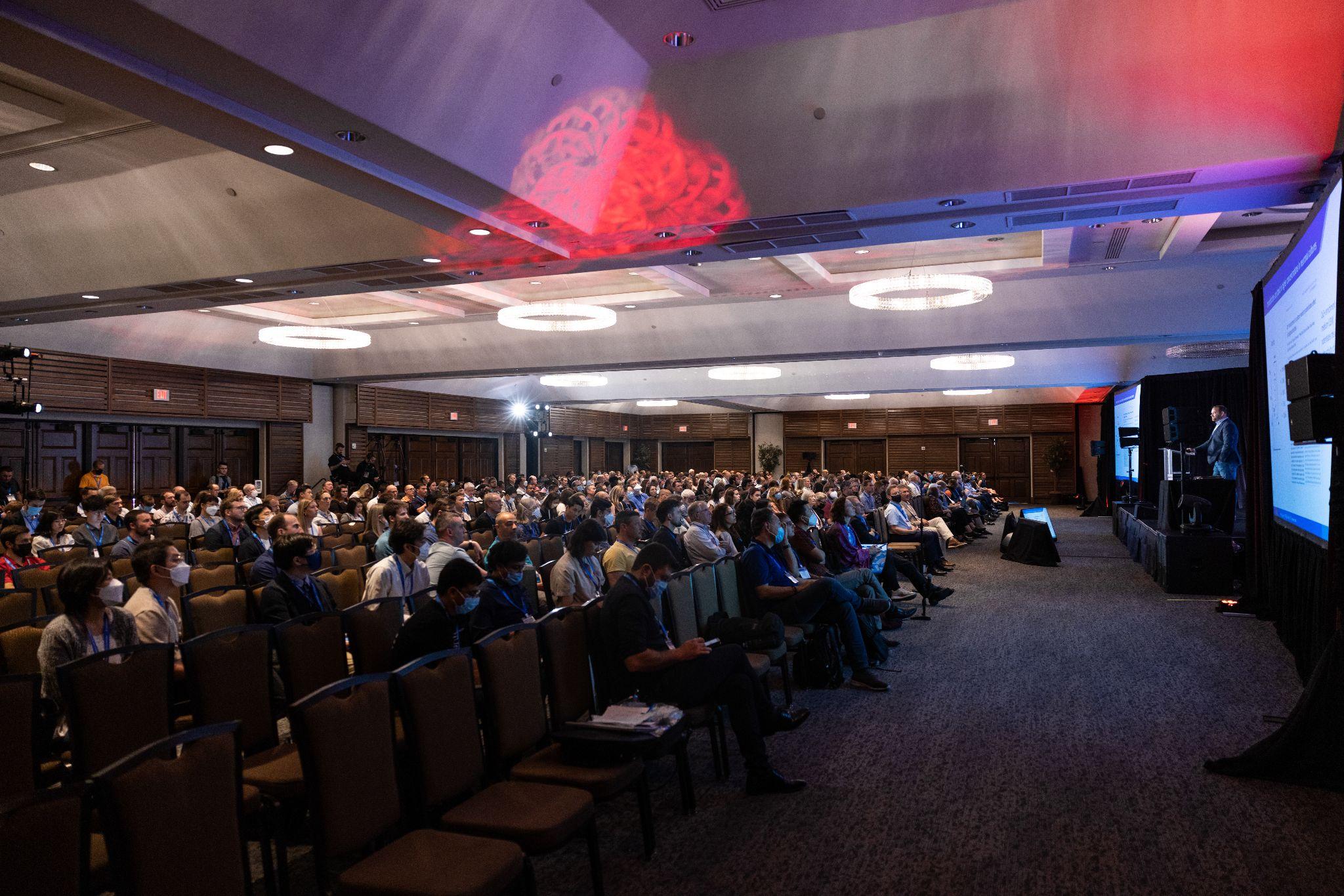
Concluding Remarks
We are immensely grateful to all involved in this year’s meeting, especially OTS President David Corey, Ph.D. for your leadership and dedication to the advancement of oligonucleotide therapeutics.
A special thank you goes to this year’s meeting Co-Chairs, Annemieke Aartsma-Rus, PhD and Keith T. Gagnon, PhD, and the organizing committee, Frank Bennett, PhD, David Corey, PhD, Masad J. Damha, PhD, Maja Janas De Angelis, PhD, Hassan Fakih, PhD, Martin Maier, PhD, Melissa J. Moore, PhD, Arthur M. Krieg, MD, Aurélie Goyenvalle, PhD, Laura Sepp-Lorenzino, PhD, Marie Wikström Lindholm, PhD, John Whittaker, PhD, and Chantal Ferguson, MD, PhD Candidate. Your efforts resulted in an outstanding meeting!
We would like to thank everyone who spoke this year, whether or not you were specifically mentioned in this article, and each person who submitted a poster. We appreciate the time and effort you invested into sharing your work with us, and your dedication and contributions to our field are invaluable.
Thank you to all the sponsors, exhibitors, members of the award committee, and all those involved in producing this year’s phenomenal meeting.
And last but not least, thank you to all of you who attended virtually or in person. Your enthusiasm and dedication keep our field vibrant and growing!
If you were unable to attend all the sessions or want to review any of them again, we highly recommend taking advantage of the opportunity to access them at your leisure! Sessions, posters, and other content will remain available online in the Virtual Meeting Portal through the end of 2022.
We hope to see you at next year’s Annual Meeting in Barcelona, Spain!


